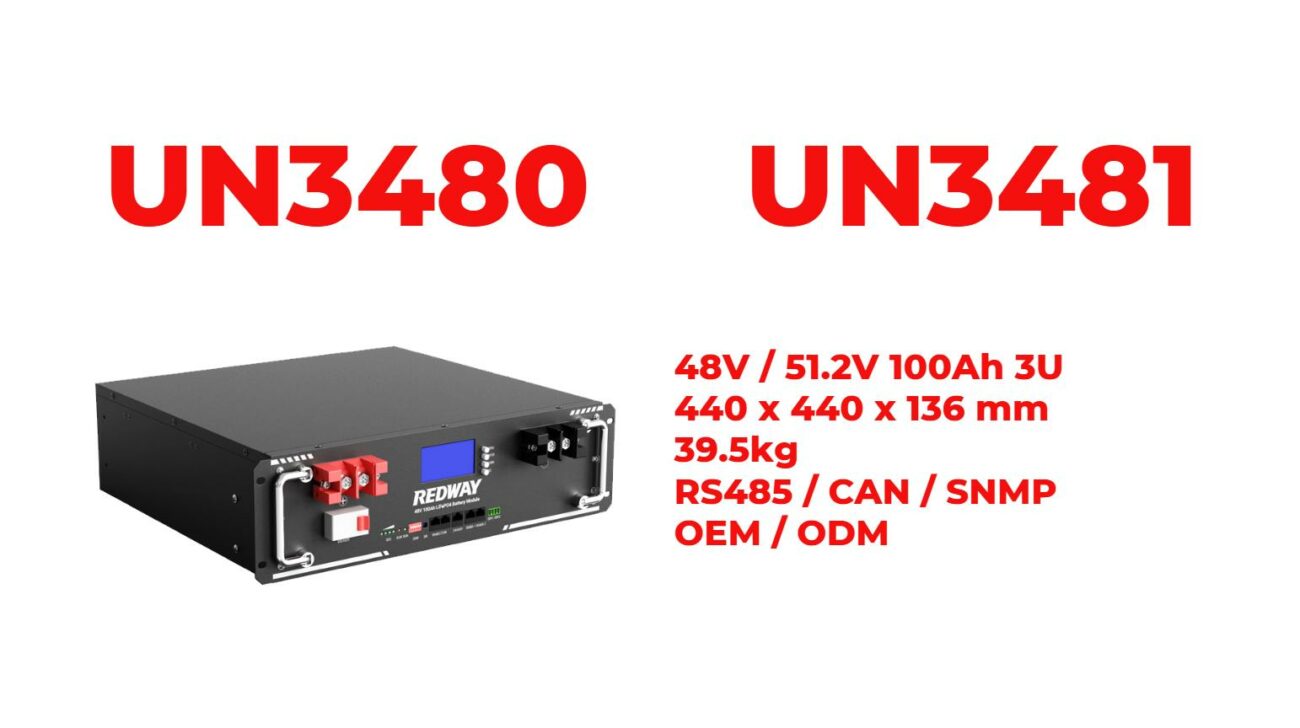Why do lithium-ion batteries burn so hot?
Lithium-ion batteries can burn hot due to a phenomenon known as thermal runaway, which occurs when the battery overheats uncontrollably. This can happen due to various factors, including internal short circuits, overcharging, and external heat. Understanding these causes is crucial for preventing dangerous situations.
Why Do Lithium-Ion Batteries Burn So Hot?
Lithium-ion batteries burn hot primarily because of thermal runaway, a condition where excess heat generation leads to a self-sustaining increase in temperature. This process can result from a combination of internal failures, external environmental conditions, and improper handling or charging practices. When the temperature rises too high, it can lead to fires or explosions.
Chart: Key Factors Leading to Battery Heating
| Factor | Description |
|---|---|
| Internal Short Circuit | Faulty separator or manufacturing defects |
| Overcharging | Exceeding safe voltage limits during charging |
| High Temperatures | Operating outside recommended temperature ranges |
How Does Thermal Runaway Occur in Lithium-Ion Batteries?
Thermal runaway occurs when a battery cell enters an uncontrollable heating state. This can start with an internal short circuit or an external event that raises the temperature. As the battery heats up, chemical reactions within it accelerate, generating even more heat. This positive feedback loop can quickly lead to dangerous conditions.
Chart: Stages of Thermal Runaway
| Stage | Description |
|---|---|
| Initial Heating | Heat generation begins due to internal resistance |
| Reaction Acceleration | Increased temperature speeds up chemical reactions |
| Catastrophic Failure | Rapid temperature rise leading to fire/explosion |
What Are the Internal and External Causes of Thermal Runaway?
Internal causes include manufacturing defects such as poor-quality separators that can lead to short circuits. External causes often involve environmental factors like high temperatures or physical damage to the battery. Overcharging is another significant risk factor that can push a battery beyond its safe operating limits.
How Do Manufacturing Defects Contribute to Battery Heating?
Manufacturing defects can compromise the integrity of lithium-ion batteries. For example, if the separator between the anode and cathode is faulty, it may allow direct contact between the electrodes, leading to short circuits. Such defects increase internal resistance and heat generation during normal operation, raising the risk of thermal runaway.
What Role Does Temperature Play in Battery Heating?
Temperature plays a crucial role in battery performance and safety. Operating a lithium-ion battery outside its recommended temperature range (typically -20°C to 60°C) can lead to increased internal resistance and accelerated chemical reactions. High ambient temperatures can exacerbate these issues, making thermal runaway more likely.
Chart: Impact of Temperature on Battery Performance
| Temperature Range | Effect on Battery Performance |
|---|---|
| Below -20°C | Reduced capacity and efficiency |
| Optimal (20°C – 45°C) | Normal operation |
| Above 60°C | Increased risk of thermal runaway |
How Can We Prevent Thermal Runaway in Batteries?
Preventing thermal runaway involves several strategies:
- Proper Charging: Use compatible chargers and avoid overcharging.
- Temperature Monitoring: Implement systems that monitor battery temperatures continuously.
- Quality Control: Ensure high manufacturing standards to minimize defects.
Industrial News
Recent advancements in lithium-ion battery technology have focused on enhancing safety measures against thermal runaway. Researchers are developing improved battery management systems that monitor charging conditions and temperatures more effectively. Additionally, new materials are being explored that can withstand higher temperatures without compromising performance or safety.
Expert Views
“Understanding thermal runaway is essential for anyone working with lithium-ion batteries,” says Dr. Mark Johnson, a battery safety expert. “By implementing robust safety protocols and monitoring systems, we can significantly reduce the risks associated with overheating.”In conclusion, while lithium-ion batteries are widely used due to their efficiency and energy density, understanding why they burn hot is critical for ensuring their safe use. By addressing internal faults, managing external conditions, and adhering to proper charging practices, we can mitigate the risks associated with thermal runaway.

